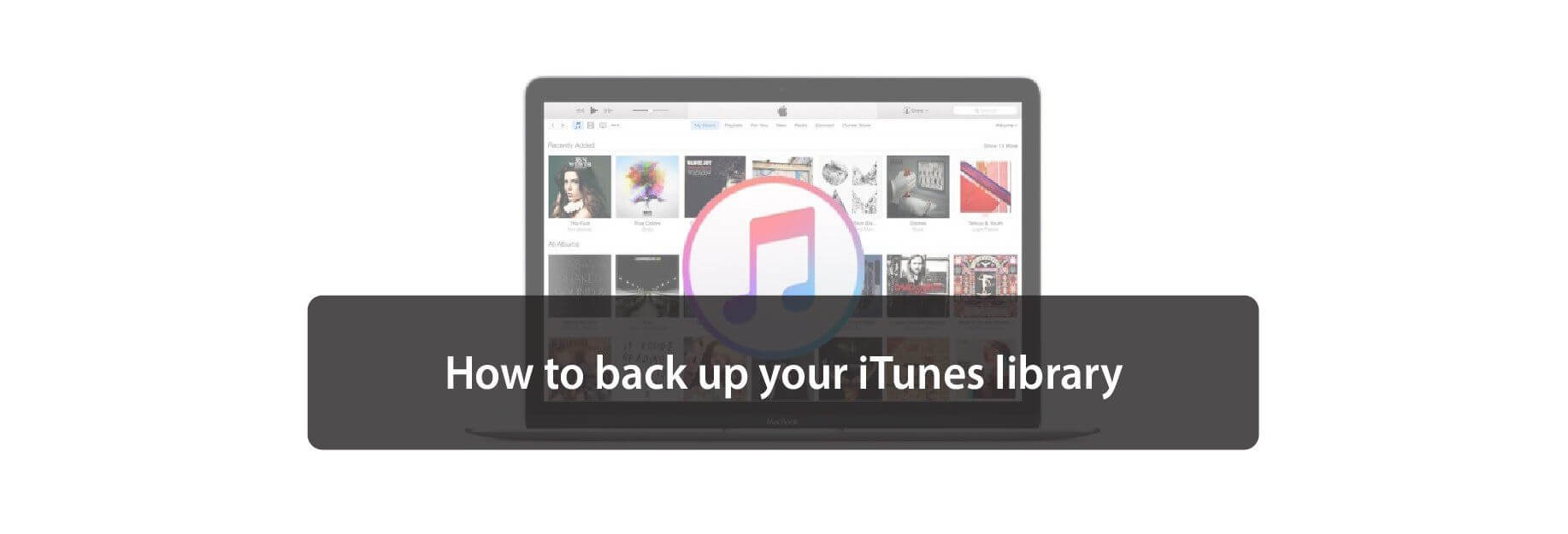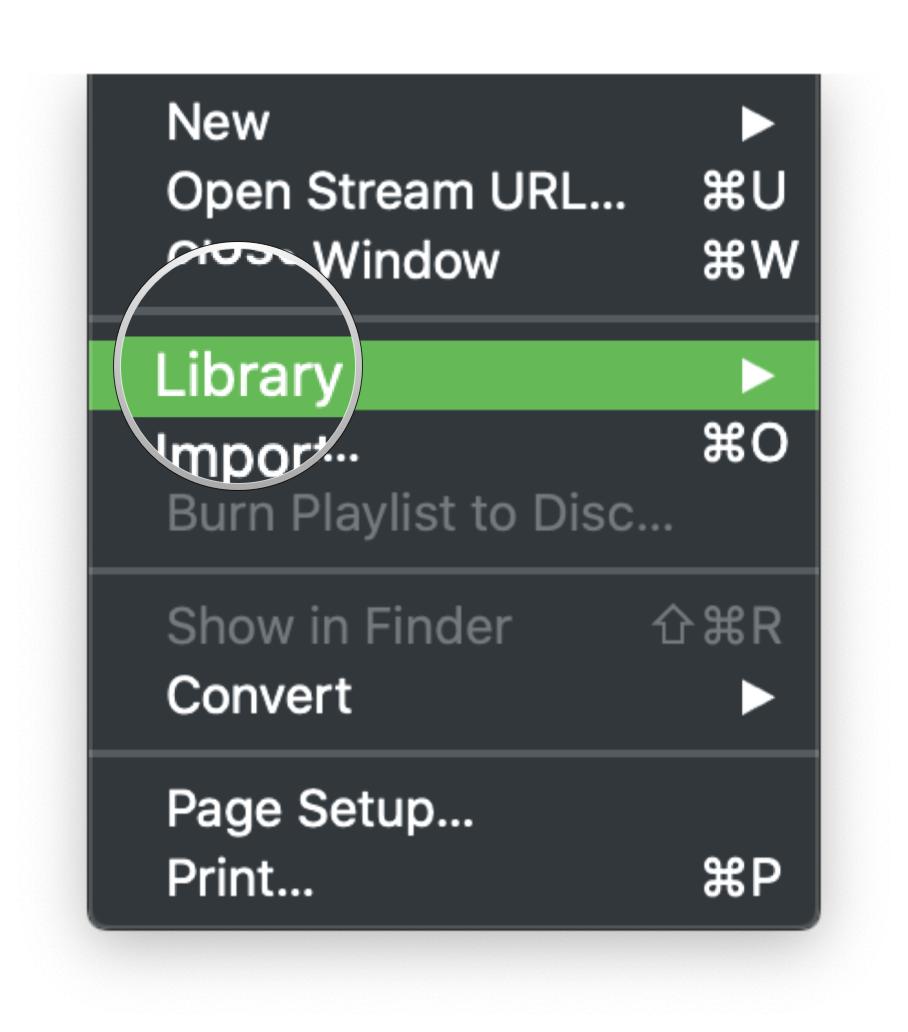How do you back up your iTunes Library and make sure your music, movies, TV shows, and more are safe and sound? Like this!
Though we store more and more of our music online these days, a hard-copy backup is still the gold standard for keeping your data safe. And if you use Apple Music or iCloud Music Library, the best way to do that is still iTunes.
There are a few ways to back up your iTunes library; it's important to choose one and regularly back up so that you won't have to worry about your local copy getting lost or damaged. My music — at least for me — is one of those must-backup items; I don't want to have to manually re-build or re-buy thousands of tracks.
First: Make sure your entire library has been locally downloaded
If you use iCloud Music Library or the iTunes Store, you may have some or all of your music stored in the cloud. But to truly make sure your purchased and owned content is backed up, you'll want to download a local copy to your Mac. Here's the best way to do so:
To download specific items in your iCloud Music Library right now to your Mac's drive, do the following:
- Launch Music (or iTunes on Mojave and earlier) on your Mac.
- Find the Artist, Albums, or Songs that you want to download.
-
Click the ... button to bring up a pop-up menu.
-
Click Download to initiate the download of these items.
And if you want to start automatically downloading everything that you add to your Apple Music library from this point forward, then it's easy peasy! Here's how:
- Launch Music (or iTunes on macOS Mojave and earlier) on your Mac.
- Click Music in the menu bar.
- Click Preferences (or press ⌘, on the keyboard).
- Make sure you're in the General tab.
-
Click the box for Automatic Downloads to turn it on.
Once that is turned on, any music you add to your Apple Music library will be downloaded automatically to your Mac's hard drive.
How to back up iTunes via Time Machine or another backup service
If you have Apple's Time Machine backup system enabled — or any other cloud — or system-based backup — your iTunes library should automatically be covered. This way, if you ever need to restore, you can just pop back in Time Machine's History (or a past backup from CrashPlan or Carbon Copy Cloner, for example) to retrieve it.
How to manually back up your iTunes library
If you're not employing a Mac-wide backup service (really, you should get on that), or if you just want to manually back up your iTunes library separately, here's how to go about that.
Consolidate your library
To ensure that all of your iTunes files are in the same place when you make a manual backup, you should first consolidate your iTunes library.
- Make sure you've downloaded a local copy of your music to your Mac.
- Launch Music (or iTunes in macOS Mojave or earlier) on your Mac.
- Click File in the upper left corner of your Mac's screen.
-
Hover your cursor over Library in the drop down menu.
-
Select Organize Library from the secondary menu.
-
Tick the box for Consolidate Files when the Organize Library window appears.
-
Click OK.
This will make a copy of all files in the iTunes media folder, leaving the originals in their current location.
Copy your iTunes library to a backup source
- If you are using an external hard drive, connect it to your Mac using a USB cable.
- Click on Finder to open a Finder window.
-
Select your Mac's Hard drive.
-
Click on Music in the sidebar.
-
Select the Music folder (or iTunes on macOS Mojave and earlier) and drag that folder to the external hard drive icon on your desktop or copy it to your online backup service.
- Click Authenticate, if prompted, to give permission to make a copy of the iTunes folder.
- Enter your administrator password.
-
Click OK.
The copy process will begin. This could take a very long time, depending on how big your Music/iTunes library is. So, sit back, relax, watch a movie, or whatever you do to pass the time.
Desperate times call for desperate measures
If you are about to do something wild with your Music or iTunes library and don't have a way to back it up on an external drive or online backup service, you can make a temporary backup that you store right on your Mac. This is, by no means, a solid backup plan, but can be useful in a pinch.
Note:After making a copy, it is a good idea to move the copied folder to an easy-to-find location that is separate from any folder you plan to make changes to (like the Music folder).This copied folder should be deleted immediately after it is no longer neededbecause it takes up extra space on your computer's hard drive unnecessarily and could cause confusion with your most current Music or iTunes folder.
- Click on Finder to open a Finder window.
-
Select your Mac's Hard drive.
-
Click on Music in the sidebar.
-
Right-click or control-click on the Music folder (or iTunes folder if you're still on macOS Mojave or earlier).
-
Select Duplicate from the drop down menu.
-
Move the copied iTunes or Music folder to a new, easy-to-find location.
- Delete the copied iTunes or Music folder once you no longer need the temporary backup.
Buy used, save big
jemjem makes it safe and easy to save money buying gently used technology for home and family.

|
 |
 |
 |













